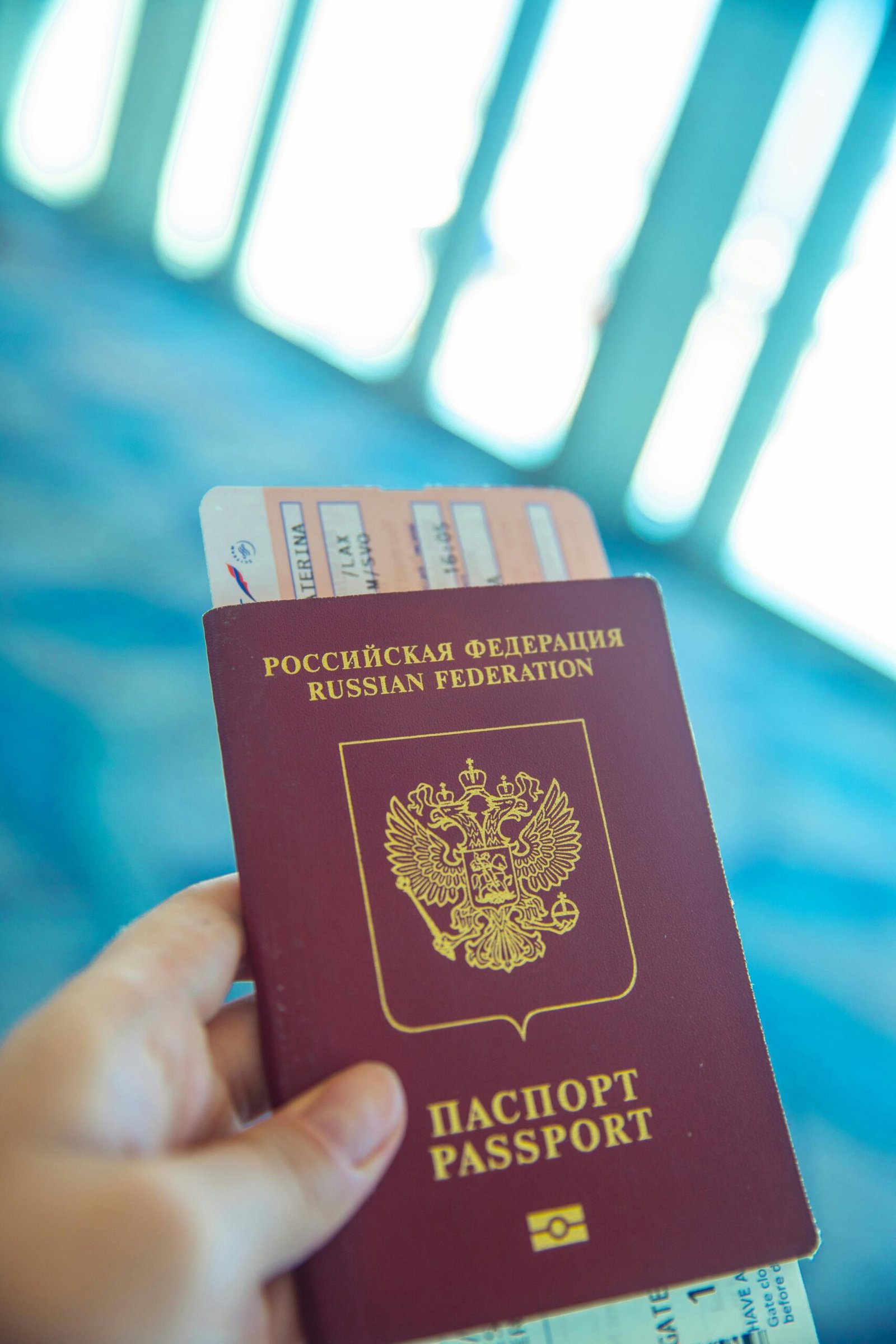Tokyo Budget Flight Hunt: Your Ultimate Guide to Affordable Airfare

Introduction
Tokyo, the luminous heart of Japan, beckons travelers with its blend of ultramodern skyscrapers, time‑honored temples, and world‑class cuisine. Yet as one of Asia’s busiest hubs, airfare to Tokyo can be prohibitively expensive—especially during peak seasons like cherry blossom viewings or year‑end holidays. This guide equips you with deep, actionable strategies to uncover Tokyo’s best value flights in 2025. Drawing on real‑time fare data, insider booking windows, and advanced search techniques, you’ll learn exactly when, where, and how to book to pay significantly less without sacrificing comfort or convenience.

- The Tokyo Fare Landscape in 2025
- Major Airports: Narita (NRT) vs. Haneda (HND) – pros and cons for price and convenience.
- Airline Mix: Legacy carriers (JAL, ANA, United, Delta) vs. low‑cost carriers (Jetstar Japan, Peach, Scoot).
- Seasonal Peaks & Troughs
- Peak: Late March–Early April (cherry blossoms), Oct‑Nov (autumn leaves), Dec 20–Jan 5.
- Off‑Peak: Late January–Early February, September.
- Optimal Booking Windows
- 12–16 Weeks Before Departure
- Data shows lowest average round‑trip fares from North America and Europe in this window.
- Monitor price drops starting at 16 weeks and lock in by week 12.
- Last‑Minute Opportunities
- 3–6 Weeks Out: Occasional dips on under‑booked flights, especially midweek departures.
- Use “Anytime Fares” or standby options with flexible tickets if your schedule allows.
- Fare‑Comparison Platforms & Tactics
- Google Flights
- Calendar heatmap: Visualize cheapest days across a six‑month span.
- Price tracking: Set alerts for specific routes.
- Skyscanner
- “Everywhere” search with “+/- 3 days” flexibility.
- Multi‑city: Combine open‑jaw routing—e.g., outbound to Haneda, return from Narita.
- Momondo
- “Flight Insight” reveals which airlines and days yield the lowest prices.
- FareMix™: Blends one‑way tickets on different carriers for best total cost.
- Leveraging Student, Youth & Group Discounts
- StudentUniverse & STA Travel: Exclusive promo codes for up to 15% off JAL/ANA fares.
- Youth Fares (<26 years): Available via select LCCs and regional alliances.
- Group Bookings: Discounts when booking 3+ seats together—ideal for student trips or family tours.
- Advanced Routing Hacks
- Hidden‑City Ticketing
- Example: Book New York → Tokyo → Honolulu but deplane at Tokyo. Risks include checked baggage and airline policy.
- Open‑Jaw & Circle Trips
- Fly into Haneda, depart from Narita—or vice versa—to exploit differential pricing.
- Consider “Asian Circle” itineraries: U.S. hub → Tokyo → Seoul → your origin to pick up multi‑city discounts.
- Stopover Programming
- Use free stopovers in transit hubs (e.g., Doha, Incheon) to sample another city and reduce cost.
- Currency Arbitrage & Geo‑Pricing
- Multi‑Currency Ticketing
- Compare fare quotes on airline websites in USD, EUR, JPY; book in the currency with the lowest effective price.
- VPN & Proxy Booking
- Use a VPN set to countries with weaker currencies or lower fare tiers—India, Philippines—to access localized fares.
- Payment Methods
- Use credit cards with no foreign transaction fees to avoid surcharges.
- Airline Alliance & Award Programs
- Round‑The‑World (RTW) Tickets
- Star Alliance RTW for 29,000–39,000 miles covering multiple continents including Tokyo.
- Off‑Peak Award Flights
- ANA’s off‑peak window (Jan–Feb, Sep–Oct) requires fewer miles—30,000 one‑way in economy from North America.
- Credit Card Sign‑Up Bonuses
- Cards offering 50,000+ mile bonuses after minimum spend can cover a round‑trip to Tokyo.
- Low‑Cost Carrier Strategies
- Mix & Match
- Combine an LCC inbound (Scoot, Jetstar Japan) with a legacy outbound to balance price and reliability.
- Promotional Sales
- LCC flash sales often occur on Tuesdays; subscribe to newsletters and monitor social media.
- Baggage & Seat Fees
- Minimize extras by traveling with carry‑on only; book standard seats at check‑in to avoid mid‑booking fees.
- Bundles & Flash Deals
- Flight + Hotel Packages
- Expedia and Booking.com bundles can yield 10%–20% off when booked together.
- Flash Sales & Error Fares
- Use sites like SecretFlying and Fly4Free to snag inadvertent sub‑$400 round trips—act within hours.
- Managing Ancillary Costs
- Baggage Optimization
- Pack light; purchase a checked bag only when necessary.
- In‑Flight Extras
- Skip meals; bring snacks.
- Airport Transfers
- Use Tokyo’s affordable rail (Narita Express, Keisei Skyliner) vs. pricier airport limousines.
- Flexibility & Travel Insurance
- Flexible Fares
- Add $50–$100 to base fares for same‑fare rebooking privileges.
- Insurance
- Comprehensive plans covering cancellations due to typhoons, strikes, or illness cost ~$50 for a 10‑day trip.
- Cancel‑For‑Any‑Reason
- Allows 75% reimbursement, enabling risk‑free early bookings.
- Real‑World Savings Case Studies
- Case 1: Maria saved $350 by booking a multi‑city ticket through Star Alliance, hitting Tokyo + Seoul + Beijing on one airfare.
- Case 2: A group of 5 students secured $550 round trips via StudentUniverse’s exclusive JAL codes—15% off standard rates.
- Case 3: Tom used a VPN to book on JAL’s Indian site, saving 8% compared to U.S. fares—enough to cover bullet train tickets in Japan.
- Step‑By‑Step Booking Checklist
- Identify your travel window—off‑peak or shoulder season.
- Set fare alerts on Google Flights, Skyscanner, and Hopper; start 16 weeks out.
- Compare fares in multiple currencies via direct airline sites.
- Check StudentUniverse or youth‑fare platforms for additional discounts.
- Explore multi‑city or open‑jaw for lowest combined fare.
- Lock in a flexible fare and purchase trip insurance immediately.
- Re‑verify Japan’s entry requirements and secure any necessary visas.
- Monitor for price drops post‑purchase; some airlines will refund the difference within 24–48 hours.
- Frequently Asked Questions
Q1: Should I fly into Narita or Haneda?
A: For cost savings, Narita typically offers cheaper fares. For convenience and time‑saving, Haneda is preferable.
Q2: Can I trust hidden‑city tickets?
A: Only for carry‑on travel; checked bags will continue to final destination, and airlines may penalize.
Q3: How do I avoid LCC baggage fees?
A: Travel with a small carry‑on that meets airline size limits; bring only essentials.
Q4: When will next flash sale occur?
A: LCCs tend to announce sales on early Tuesday mornings; stay subscribed to alerts.
- Conclusion
Scoring a high‑value flight to Tokyo in 2025 combines timing, flexibility, and the savvy use of search tools and discounts. By planning ahead, leveraging student and youth fares, exploiting multi‑city routing, and bundling when possible, you can secure tickets for 30–50% below peak-season rates. Armed with the strategies in this guide, you’re ready to embark on an affordable Tokyo adventure—where cherry blossoms, neon nights, and sushi delights await without the hefty airfare. Safe and thrifty travels!






